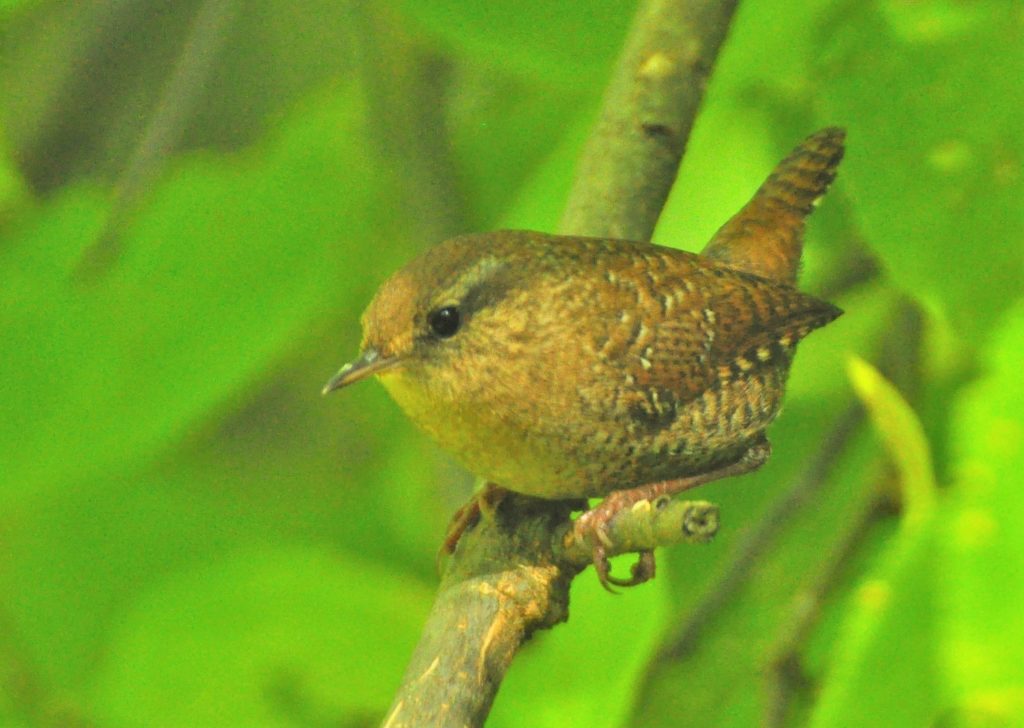Photography courtesy of Lowell Washburn, all rights reserved.
The first half of October is a premier time for Iowa birding enthusiasts to hit the woods and waters. The weather is mild, fall color has peaked, and birds are moving across our region by the thousands.

Songbirds – everything from robins, blue jays, white-throated sparrows, and many more—are appearing in ever increasing numbers. On most years, the migration of 30 some species of wood warblers will peak sometime during the first ten days of the month.
I love viewing warblers. Whoever coined the phrase “bundle of energy” must have been watching feeding warblers.
Like most people who spend time pursuing wild birds, I am always on the lookout for something new; always wishing for something out of the ordinary. This week, I got my wish and spotted a bird that was, indeed, out of the ordinary.
While observing a mixed group of Myrtle and Nashville warblers frantically engaged in pursuing woodland insect life, a nearby movement in the ground cover caught my eye. Looking down, I was amazed to discover that, instead of a chipmunk or sparrow, the movement turned out to be a winter wren foraging through the fallen leaves.
An uncommon summer resident of Canada’s coniferous forest, winter wrens migrate to the southeastern U.S. where they spend the cold weather months. I’ve seen them in Northern Iowa during both spring and fall migrations, but not very often. The last one I spotted was on April 15, 2014.
Although similar in appearance to our common house wren, winter wrens can be distinguished from the former by its chunky appearance, overall dark coloring, large head, short tail, and general “tameness”.
Spotting something out of the ordinary – like a migrating winter wren — is just one of the things that make fall birding such an exciting pastime.

 Tom Cope
Tom Cope Sue Wilkinson
Sue Wilkinson Susan Judkins Josten
Susan Judkins Josten Rudi Roeslein
Rudi Roeslein Elyssa McFarland
Elyssa McFarland Mark Langgin
Mark Langgin Adam Janke
Adam Janke Joe Henry
Joe Henry Kristin Ashenbrenner
Kristin Ashenbrenner Joe Wilkinson
Joe Wilkinson Dr. Tammy Mildenstein
Dr. Tammy Mildenstein Sean McMahon
Sean McMahon